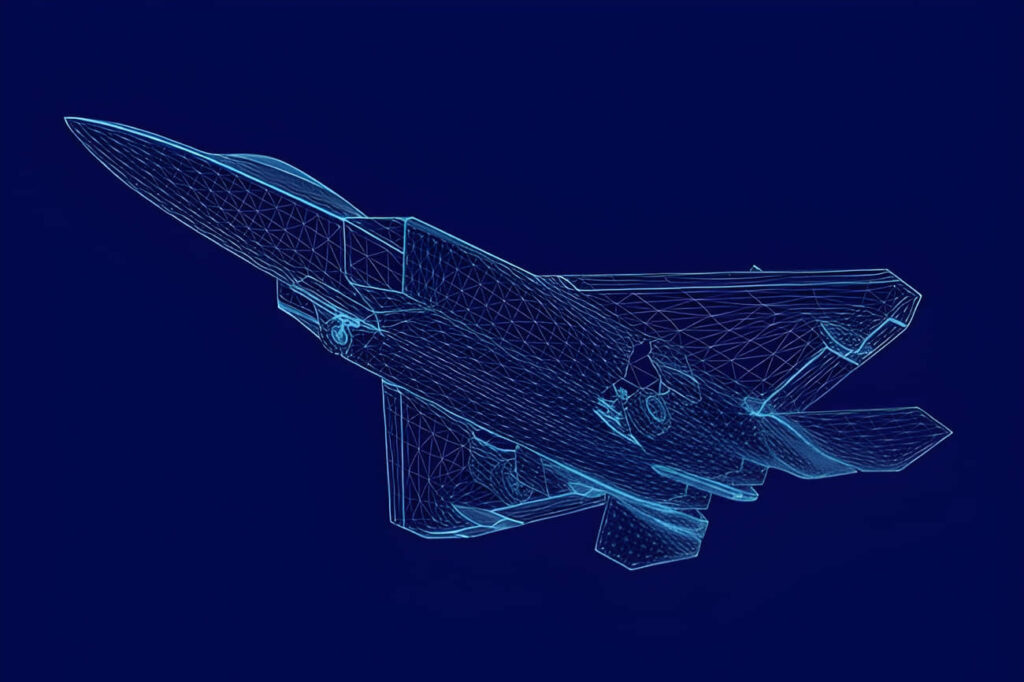India has released details of one of its biggest-ever defence engine orders as it looks to upgrade air combat capabilities by 2035. The country will also be looking to buy around 1,100 aircraft engines worth an estimated Rs 65,400 crore ($7.4 billion) for powering the next-gen indigenous fighters being developed in India, like the Tejas Mk2 and stealthy Advanced Medium Combat Aircraft (AMCA).
Scope of the Procurement
According to S. V. Ramana Murthy, Director, Gas Turbine Research Establishment (GTRE), a leading DRDO laboratory in this area, the pool of 1,100 engines will be used for the ongoing aircraft development programs that are currently underway. These are the Tejas Mk1A, the Tejas Mk2, the Navy’s Twin Engine Deck-Based Fighter (TEDBF) and AMCA for Indian Air Force. Engines are scheduled to be delivered and integrated through 2035.
Push for Self-Reliance
The whopping investment is in line with the government’s Atmanirbhar Bharat campaign to give a boost to indigenous defence equipment making it India reliant on crucial defence technologies. India has relied on imported engines for its propulsion system for decades—one of the Tejas’ variants currently uses the GE F404 and F414 engines. But attempts to develop an indigenous jet engine, like the Kaveri project, have long been plagued with problems that have prevented it from being used in its frontline planes.
Murthy stressed the necessity of building a “supporting infrastructure, including test facilities and a healthy industrial supply base”, to establish an “ecosystem for indigenous fighter engines”. He added the derivatives of Kaveri can be used in future unmanned combat aerial vehicles (UCAVs).
Strategic Collaborations
India is aiming to collaborate in co-production of its own high-tech fighter jet engines abroad. Safan of France, Rolls-Royce of the U.K. and General Electric (GE) have indicated they want to be engaged in a fifth-generation engine program. In particular, the tie-up with Safran is likely to lead to a potent 110 kN class engine for the AMCA stealth jet, again in partnership with technology transfer and substantial domestic manufacturing punch.
Upcoming Aircraft Programs
India’s next generation fighter plans underpin the country’s roadmap for upgrading its air power :
- Tejas Mk2 – a medium weight class fighter with GE F414-GE-INS6 engine, currently under development; is likely to be progressively indigenized.
- Advanced Medium Combat Aircraft (AMCA): India’s first stealth fighter jet whose prototype is expected to be rolled out by 2028.
- TEDBF (Twin Engine Deck-Based Fighter) : buit for Indian Navy, where the engine will be common to AMCA.
Industrial and Private Sector Participation
Private firms, including Tata Advanced Systems and Adani Defence, are likely to join state-owned Hindustan Aeronautics Limited (HAL) in production of fighters for the first time. The addition is designed to simplify HAL’s production load and push up aircraft delivery timetables.
Broader Implications
This Rs 65,400 crore engine plan is a game-changer to finally acquire technological independence in defence aviation. The development of a domestic propulsion industry is aimed at curbing dependence on foreign powerplant vendors, and securing supply chains in efforts to emerge as an aerospace technology leader by the mid-2030s.
